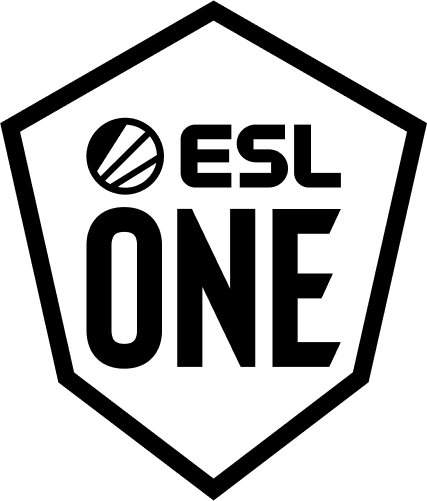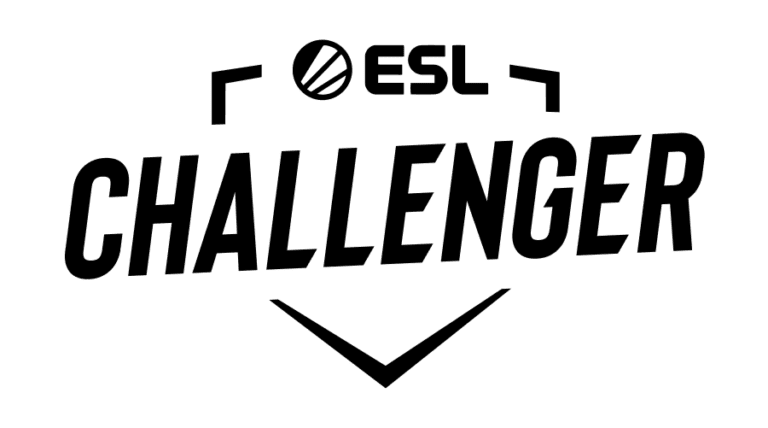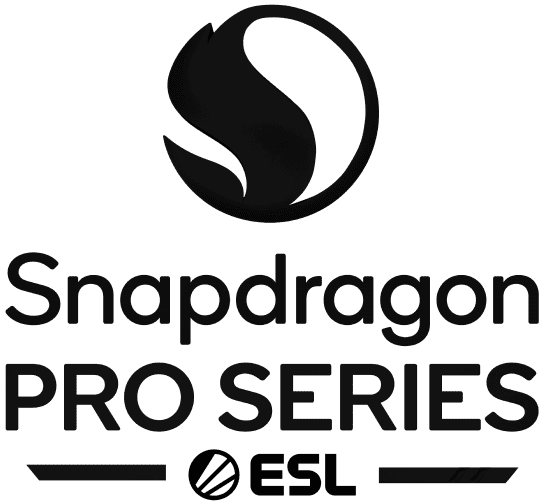This year at the ESL CM Storm Arena, Digital Extremes, the team behind Warframe, will be hosting the TennoLive 2014 event, their first ever dev stream in front of a live audience on August 15th at 21:00. The event promises to be a celebration of Warframe's global following and a chance to sit down with some seasoned veterans of game development.
Anyone in the industry will tell you that game development is a fickle beast. This fact is especially true when producing titles for big name publishers with very specific expectations. The controlling dynamic currently dominating the scene has led to many companies taking the leap of faith into the realm of indie development.
Digital Extremes is one such company. Having been on the scene for two decades and catered to big name publishers for years, the company decided to take a different path and create a game they had longed to make a decade earlier.
Warframe is the product of an experienced development team with the freedom to chase their own goals rather than meet the needs of a publisher. In only a little over a year, Warframe has over 10,000,000 registered users with more logging on each day. Not many independent developers can claim anywhere near this level of success.
I got a chance to sit down with Steve Sinclair to talk about what the game was in the past and the long journey it went on before becoming the one we know today.

For those who haven’t checked out Warframe yet, it’s a free to play cooperative third-person shooter that blends ninjas with space in a unique formula. The result is a frantic yet responsive game which looks phenomenal while making the player feel like a wrecking ball of martial prowess. The player takes on the role of the Tenno, honorable, exo-suit-enhanced space ninjas who take on various missions together led by the Lotus. Their enemies include an army of evil space marines, the Grineer, and a merchant cult, the Corpus, who make use of sentient robots to collect as many Tenno warframes as possible to sell to the highest bidders.
When I asked about the inspiration for Warframe, Sinclair said: “The short version is we had finished up working on the Unreal Games with Epic and we were going to do our own thing and we just started bashing weird ideas together. I was a huge fan of Dune and a huge fan of Metal Gear Solid and a lot of Japanese cultural influences were in the minds our our artists at the time. So we started making a kind of weird, psychic tentacle, stealth power suit, crazy game that we called Dark Sector, actually.” The project became the company’s main focus, but as development continued, funds got low. “When we started running out of money, I hit the road and started pitching a crazy hardcore sci-fi game called Dark Sector to publishers all over the world.”
“All the meetings, as any tearful developer will tell you, went amazing, and they loved the technology, they loved the art and the style, and it felt really next-gen and modern to them.” Unfortunately, while the publishers loved the style and tech behind Dark Sector, they wanted to drop the whole premise. Instead, the publishers were looking for something set in WWII, the modern day, or take place within the IP that the publisher already owned. The risk of new IP is always a scary proposition to big name publishers. Financial constraints required Digital Extremes to make a deal and turn Dark Sector into something it was never intended to be, a single-player console game for Xbox 360 and PS3. “We really lost a lot of that mojo from all of the crazy, whacky ideas that we had incorporated, so we ended up literally taking that part of our art and code depot and just dumped it into a graveyard, and a decade later we said: ‘Well, what can we get passionate about?’”

It is the resurrection of a long-dead project which had captured the hearts of an entire dev team. “We had most of the original team still together that had worked on that idea, and they obviously had a hole in their heart for that concept. So we got them back together and we said: ‘Let’s make something kind of sci-fi/Left for Dead-y from the pieces of that old concept.’”
While Dark Sector was released as a single player game, the original concept was always centered around cooperative play. “So that was really it - we wanted co-op mechanics, we wanted to focus on 15 to 20 minute play sessions, and just really go for our super-suit kind of co-op mechanic game… So we had the co-op and the procedural levels and that sort of addictive loop we wanted to work on. It was very organic. The people who started that team are very anti-200 page design docs and that sort of stuff. Any idea we had, we put it in to try to prove it. So a lot of it was very organic, which is code for chaos.”
The idea that the team can just focus on what makes them passionate is what allows Warframe to be the game it is. Dark Sector never quite hit the mark - the team became tied to another publisher: “Absolutely every pitch meeting with a publisher is to establish whether or not they think you’re competent and whether or not they think you’re a little creative and then they go: ‘okay, but here are the IPs that we actually own that we actually want you to create for.’”

This system is not all bad, though - many of the greatest games in history have come out of this type of arrangement. “I don’t want to turn this into a sob story, because it’s not. Obviously everything worked out massively for the better. Because honestly, if we made that game back then, it would not have been what Warframe became because we were noobs and we were naive and we were trying to do too much with too little at that time.”
Coming off the heels of Dark Sector, Digital Extremes once again pursued the indie track. With Warframe, the devs were able to come up with an idea and instantly try to implement it. It allowed the game to grow naturally while never being a static, finished product. When I asked Sinclair about his grand vision for the game he replied: “I think I was probably sitting in this same chair a year ago chatting with someone on Skype when this question came up and I think my answer is probably radically different to what it was then. When we started, we were all exhausted with the idea that you would establish this huge concept for a game that you could never build. As I said in the beginning about the organic development, our goals were always very small because we wanted to make sure they actually happened.”
“Like if you see Kickstarter games, you know, ‘Hi, I’m new to programming and I’m gonna make the biggest MMO that’s ever been made.’ I love that sort of bright-eyed, bushy-tailed view, but Warframe is done much more pragmatically. When we plan for Warframe, we usually plan two to three months ahead and it’s usually done in collaboration with our players. What’s working for them? What are they pissed off at? What’s not working in the end game? What are they bored with? What is weak and they absolutely detest right now?”

“What’s really great is just how dedicated even the artists are to improving the gameplay. Like the guys building the weapon are always pushing the envelope, like, ‘we’re gonna do this gun and it’s gonna have this crazy effect.’ So we have to always be changing the underlying rules support more variety. It’s not just pumping out weapon skins. It really does change the feel. The process of growing the game is, like I said, one part community driven and the other part just simply ‘let’s pick one big idea and let’s surprise the community’.”
There is a direct connection between the developers and the community of Warframe. It’s impressive to see how dedicated both parties are to improving the game. As of writing this, there have been 34 dev streams where the developers put on a live show to demonstrate new features and answer community questions. The dev streams come out pretty much every two weeks. “The reason we can do that many dev streams and why we can be so honest is because we don’t have a producer from a publisher saying ‘Say this, don’t say this, if asked this, say this.’ We try to get people hyped and sometimes hold things back to make a large impact with them. But there’s this exposure and honesty and transparency that we’ve been working hard to create with our players because we believe it’s something that makes us different.”
“If I get a tweet from a random PS4 player who says ‘Screw you, why didn’t you update on PS4?’ Like literally this was yesterday: ‘Screw you, I’m gonna go back to play GTA4 because I couldn’t play on the weekend, you haven’t done updates in a while and you suck.’ And he doesn’t get a PR response, he gets me saying, ‘Aw man, we got DDoSed this weekend and I’m really sorry you couldn’t play.’ And from there his responses turn on a dime. ‘Oh man you’re awesome and thank you for replying to me’ and ‘I can’t wait to play the next update.’ We’ve really tried to capitalize on that difference. The players can look the real devs in the eye, ask them hard questions, and get honest answers.”
Digital Extremes has cultivated a caring community that truly engages with their game. “There’s this sort of samurai or ronin aspect of an honorable warrior rather than just a drooling angry mercenary. We try to bring that through in the fantasy of the game. When you sign in it says ‘stay honorable’. If you looked at our moderation a year and a half ago, anyone could come on and be like ‘DE Steve is a jerk and he sucks’. We would let it slide because we didn’t want to censor. Since then though, we’ve learned: if you’re gonna go on there and just put a bunch of poison on there, then we’re gonna ban you, we’re gonna give you a three day suspension, or we’re going to delete your post. You need to engage in the discussion in a positive way. You can say what you want, you just can’t be venomous.”

Towards the TennoLive
This year’s Tennolive event at gamescom is a celebration of the players. Last year’s Warframe booth truly surprised the developers: “I walked down to the booth we had and it was kind of a shock. I wasn’t used to meeting players in the flesh. Meeting players who had taken an eight hour train across Europe to come see us or crashing on each other’s floors to get a chance to meet the developers. The first day was just me being kind of like, ‘Yea, sure I’ll sign your rubber glaive! And thank you for playing’, being surprised at how excited and passionate the players were about this little thing I’d been working on. But, after I got over that, I started thinking, ‘Wow, this is an opportunity to figure out what these guys want and what kind of players they are.’”
“This year is about making maple syrup out of that. Which is to get Warframe-specific players condensed and packed into one place, show them the things we’re working on, talk about the things we want to fix, talk about the new things we want to surprise them with, and then drink beer and have them rant at us about what they want to see from the game going forward. The players that are passionate about Warframe have stuck with us for a year and half. So you know we want to figure out what we can do next to keep them excited about it.”
“We have a beer, we put up our feet, we get angry, we get sad, we get depressed, we get happy, and we get excited and they see it all. I think that involvement creates champions of these people who want to get their friends into it, and that’s huge in how we build our audience.”
With so many players joining the fray, the focus of team has been to ease in new users.
“We’ve worked so hard, especially with update 14 to make the game less harsh to come into for a new user because it’s just so whacky and complicated - we just have so many things that we want to improve for that part of the experience.”

So if you haven’t checked out Warframe before, it’s the perfect time to get into it. With new features coming constantly, you may be pleasantly surprised every time you log in. As a closing question, I asked Sinclair if he had anything to say to the readers of ESL Gaming who might be looking for something a bit more competitive.
“For those players who’ve played Warframe and it really didn’t stick with them or if they haven’t had a chance to check it out, update 14 is seriously the best introduction to Warframe we’ve ever had because of the player ship and that quest that rolls you into the player experience and explains and teaches you how to be a space ninja much better than it ever has in the past. I think unlike most of the games they might be used to playing, with a few exceptions, this game is evolving all of the time. I definitely would encourage them to check it out. And we have a new PVP mode! If the ESL players are more competitive, we have a new PVP mode that we’ve added for update 14 that they might want to check out.”
Interviewing Steve Sinclair was a genuinely eye-opening experience. It was fantastic to get the perspective of a long time developer. His experience and grounding offer insight into the gaming industry, which many of us rarely get the opportunity to catch a glimpse of, especially this candidly. Make sure to tune in to the Tennolive event at home at 21:00 on twitch.tv/warframe. For more news about ESL events at gamescom as well as our partners at this year’s show, make sure you keep an eye on our event hub at event.eslgaming.com.










